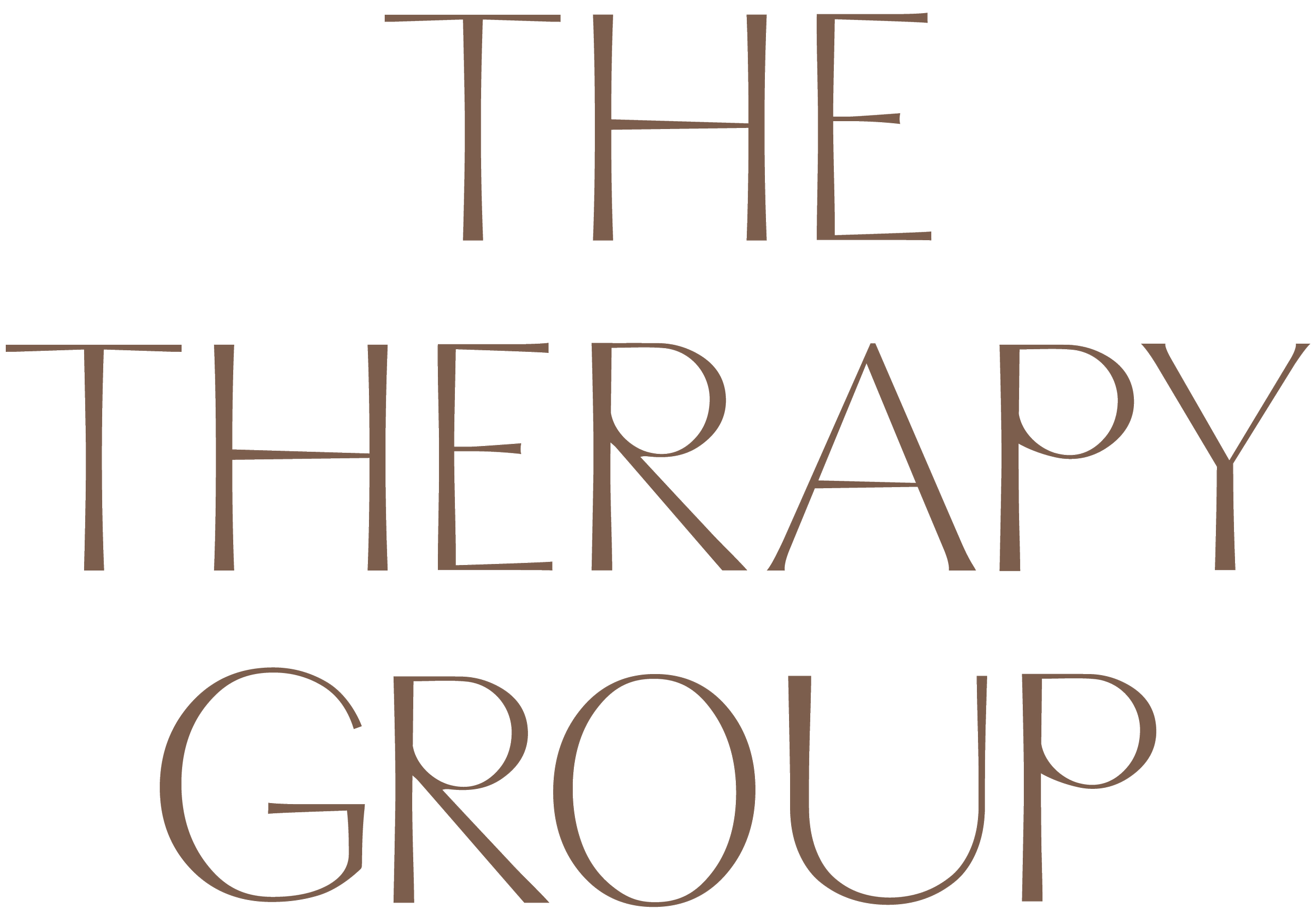The Healing Power of Mindful Movement and Breath
By Chesy Tronchoni Bello, LPC, MT-BC, CYT
In the pursuit of mental wellness, we often overlook the innate wisdom of our bodies. Mindfulness practices like yoga, intentional movement, and controlled breath help us anchor ourselves in the present moment, cultivating a sense of presence and focus on the here and now. By tapping into these practices that engage both mind and body, we unlock a pathway to profound healing and well-being.
In a world filled with distractions and demands, the practice of presence becomes an invaluable ally in our mental health journey. By anchoring our awareness in the here and now, we free ourselves from the grip of past regrets and future anxieties, finding solace in the richness of the present moment. The mindful movement we cultivate in practices such as yoga invites us to let go of judgment and expectation, embracing each moment with openness and curiosity.
Research shows that mindfulness can significantly reduce symptoms of stress, depression, and anxiety. Moreover, these practices stimulate the release of endorphins and oxytocin – our body's natural "happy hormones" – promoting a profound sense of well-being and vitality. At its core lies the concept of bottom-up regulation. Unlike traditional top-down approaches, which focus primarily on cognitive strategies, bottom-up regulation targets the body's innate ability to self-regulate. By tuning into bodily sensations and cues, we cultivate a deeper understanding of our emotional states and learn to respond with greater flexibility. Similarly, central to the mind-body connection is the vagus nerve, a key regulator of the parasympathetic nervous system. Through practices such as breathwork and yoga, we stimulate the vagus nerve, eliciting a cascade of physiological responses that promote relaxation, digestion, and overall balance.
At the heart of most mindfulness practices lies the breath – a simple yet powerful tool that anchors us in the present moment. Conscious breathing techniques, such as diaphragmatic breathing or alternate nostril breathing, tap into the body's innate ability to soothe the nervous system, quiet the mind, and cultivate a sense of inner peace. With each inhale and exhale, we create space for stillness and presence, allowing ourselves to let go of worries and distractions. One of the most powerful aspects of breathwork is its portability – the ability to carry the practice off the mat and into everyday life. By cultivating a conscious relationship with our breath, we develop a reliable coping skill that can be accessed anytime, anywhere, empowering us to navigate life's challenges with steadiness.
Despite its westernization, yoga is more than just a physical exercise; it's a holistic practice that encompasses the mind, body, and spirit. Through a series of poses (asanas), breath control (pranayama), and meditation, yoga encourages a deep connection between our physical and mental selves. Yoga offers a powerful gateway to mindfulness, inviting us to cultivate presence and awareness with each breath and movement. By syncing breath with movement on the mat, we anchor ourselves in the present moment, quieting the chatter of the mind and tuning into our sensations. The beauty of yoga lies in its adaptability to individual needs and capabilities.
Whether it's a gentle flow to soothe frazzled nerves or a dynamic sequence to invigorate our energy, yoga serves as a versatile practice that meets us wherever we are on our mental health journey. Incorporating these practices into our lives can serve as powerful allies in our quest for mental wellness, and it doesn't require hours of commitment each day. Even just a few minutes of practice can make a significant difference in how we feel mentally and emotionally. Whether it's taking a few deep breaths before a stressful meeting or spending a few moments stretching in the morning, finding small ways to prioritize this kind of self-care can have a profound impact on our mental health.
In my role as a therapist, I am constantly looking for opportunities to help my clients integrate the healing power of these practices into their therapy work. Below are some of the ways it can look like:
● Utilizing breathwork at the beginning and end of a session. This can help you let go of tensions and stressors that could keep you from experiencing the session fully, by calming your nervous system and giving your body the signal that you are safe. Similarly, doing this at the end can calm down any activation from memories that came up during the session and help you transition into the rest of your day.
● While exploring difficult memories or future anxieties, there’s a potential for activation of the nervous system or dissociation. Grounding exercises that engage the senses and tap into our body’s ability to self-soothe can be an effective way of coming back to the here-and-now to be able to process those experiences with a greater sense of safety.
● Your therapist may identify and suggest potential changes in routines and coping patterns using mindfulness-based techniques for increased balance, presence, and overall wellbeing on a day-to-day basis.
● The somatic awareness that comes from being grounded in the present moment can be used for the treatment of addiction with techniques such as “urge surfing” - building distress tolerance around the uncomfortable sensations of cravings.
In essence, embracing holistic mindfulness and bottom-up regulation approaches not only calms the mind but also nurtures the body's innate capacity for healing and resilience. By prioritizing somatic practices like yoga that address the interconnectedness of mind, body, and spirit, we embark on a transformative journey of self-discovery and empowerment, unlocking the keys to sustained mental wellness.
If you are interested in learning more about a mindfulness based approach with Chesy, you can fill out our contact form and she will be in touch with you directly!



